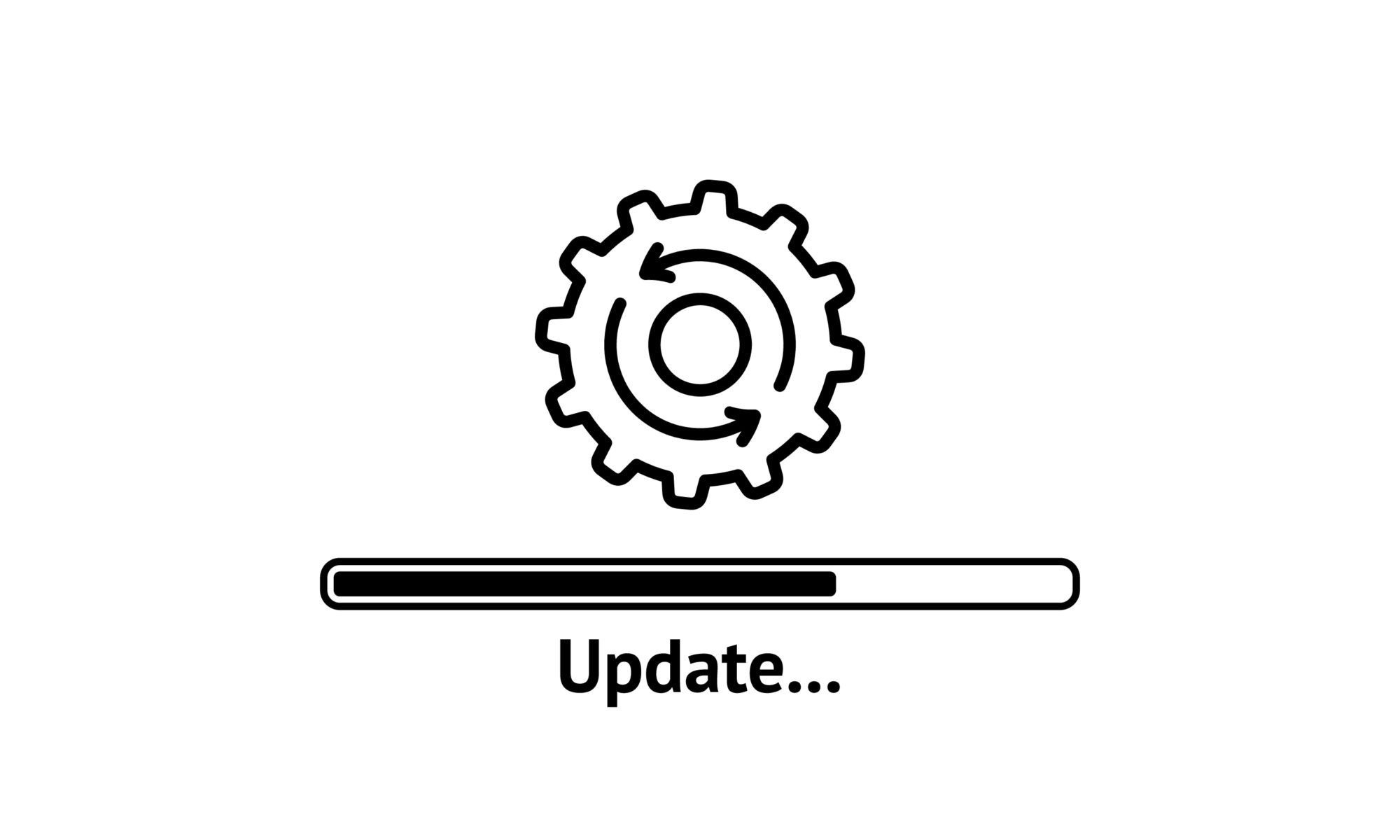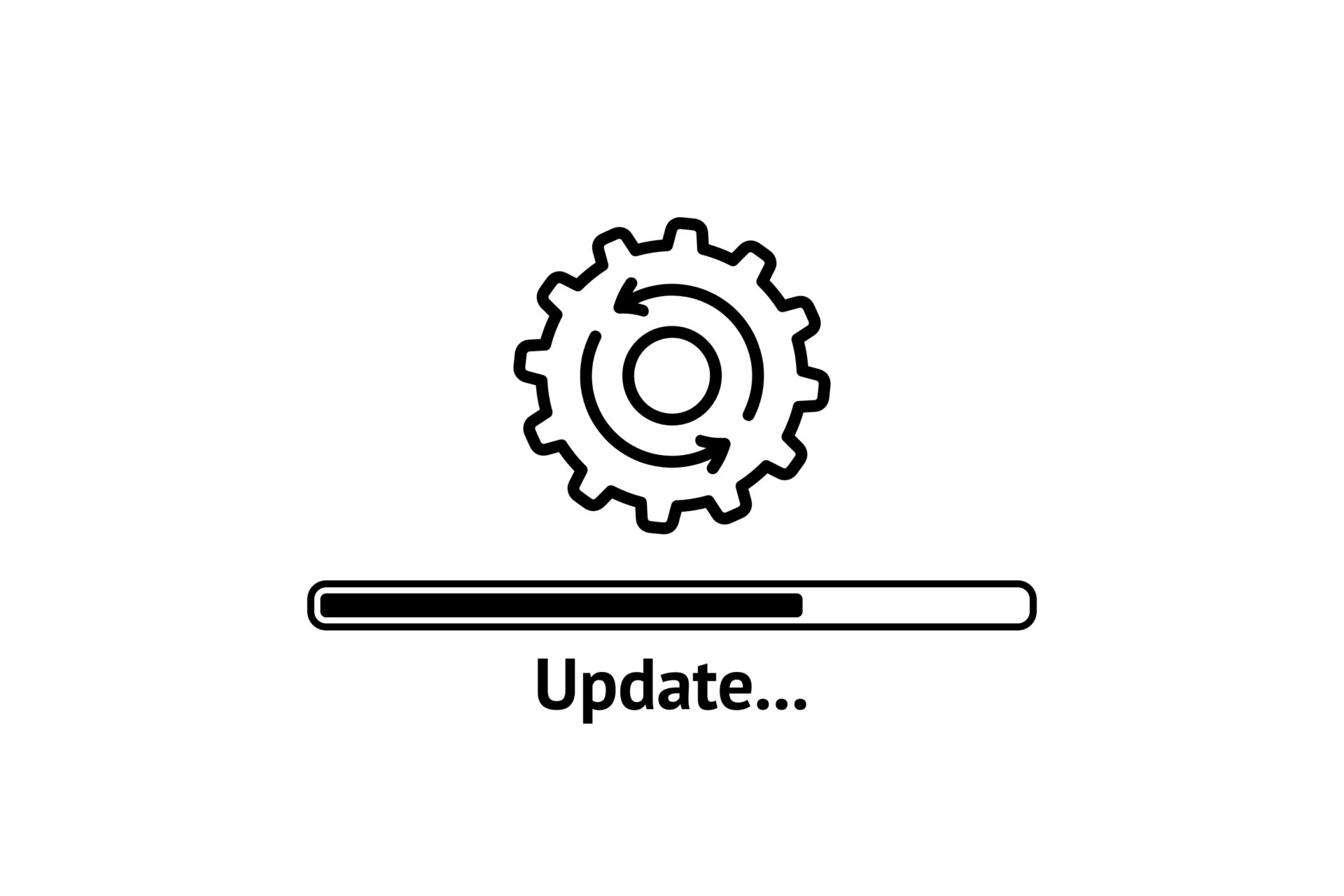The 5 Whys is a questioning technique used to find the root causes of a problem.
The number 5 just means that you have to ask the question why? enough times to find the root cause(s) of a problem.
Common sense tells us that the reoccurrence of a problem will be greatly reduced if we have implemented the corrective solution to the root cause of the problem.
Problem Tracking and Available Problem Solving Methods
5 why is a robust and simple problem tracking system.
By implementing a robust problem tracking system, organizations can gain insights into recurring issues, identify patterns, and prioritize solutions based on their impact.
When it comes to addressing problems, various methods can be employed. The “5 Whys” technique, as discussed earlier, delves deep into the root cause of an issue by iteratively asking “why” until the core problem is revealed. Additionally, methodologies such as “Fishbone” or Ishikawa diagrams offer a visual representation to uncover potential causes and effects contributing to a problem.
Other problem-solving frameworks, like the PDCA (Plan-Do-Check-Act) cycle or DMAIC (Define, Measure, Analyze, Improve, Control) in Six Sigma, provide structured approaches to problem-solving, emphasizing continuous improvement and data-driven decision-making. These methods enable systematic problem-solving by encouraging thorough analysis, experimentation, and the implementation of sustainable solutions.
Embracing problem tracking alongside a diverse set of problem-solving methodologies empowers organizations to not only address immediate issues but also prevent their recurrence, fostering a culture of continuous improvement and innovation.
“Finding the Right Solution for the Right Problem: A Crucial Challenge!”
“A problem without a solution is a poorly stated problem.”
Albert Einstein
From this proverb, I draw the following maxim:
“The right solution to the wrong problem is… the wrong solution.”
But why is it forgotten?
Because we are trained to propose solutions even before identifying the goal we aim to achieve in resolving it. Or to put it another way:
— Not all solutions solve real problems. — Not all problems are worth solving.
Let’s consider a concrete example: imagine developing a sophisticated app to book taxis in a city where everyone travels by foot or bicycle. An impressive technology but unsuitable for the environment.
This is precisely where the “5 Whys” come into play.
This tool reminds us of the importance of starting with the problem, understanding user needs (their “jobs to be done”), and recognizing that we are all in a continuous learning process.
A crucial reminder: Before diving into a solution, take the time to validate: “What problem does it solve, and for whom?”
Example of an industrial problem: the case of a coolant leak at the foot of a machine tool (the problem).
1-In response to the first why, we check that the liquid on the ground actually comes from a leak in the machine (which could have been liquid spilled from the container following, for example, leveling)
2-Second why: we go up the wire, the leak comes from a damaged seal
3-Third why: how has the seal been damaged (wear or accident)?
We see here that each case will follow a different treatment. If the cause had been wear, the avenues to be explored to improve the situation and reduce the occurrence of the problem lie in the preventive maintenance process or with the supplier of the seal. In our example, we discover that it was chips in the coolant tank that most likely damaged the seal.
4-Fourth why: how did they get into the bin? The grid supposed to hold the chips is broken.
5- Fifth why: How was it broken? Operators who use the machine report that parts or hand tools occasionally fall in this location.
6-Sixth why: The grid is not protected against these accidental drops.
This is the root cause of the problem. The treatment of this cause will avoid the presence of chips in the tank which could damage the seal.
In this example, the choice is made to put in place a protection to deflect falling objects and protect the grid. This solution will be tested by checking the condition of the grid and the absence of chips in the tank every week.
Note : it is clear from this example that stopping to change the damaged seal that caused the fluid to leak would have seen the short term leak problem recur over and over again.
Nota : if the problem reappears later without any more cutting chips in the tank, it would then be necessary to explore on the maintenance side (frequency of change of the seal or quality of the seal). On the other hand, by having treated the initial root cause, the situation has been significantly improved and thus, during this possible recurrence of the problem, the field of investigation is considerably reduced (saving time and efficiency in solving the problem).
To know more
Lean System
5 why an Agile Anti pattern
Author: Dominique popiolek-Ollé, Transmutation leader, Agile Executive Coach, Founder of In Imago, management consulting and disruptive transformation.


 Lean is a structured system based on continuous improvement and customer satisfaction. “The Lean Thinking,” derived from the principles of Lean manufacturing, has subsequently been expanded to various fields such …
Lean is a structured system based on continuous improvement and customer satisfaction. “The Lean Thinking,” derived from the principles of Lean manufacturing, has subsequently been expanded to various fields such …  The 5 Whys is a questioning technique used to find the root causes of a problem. The number 5 just means that you have to ask the question why? enough …
The 5 Whys is a questioning technique used to find the root causes of a problem. The number 5 just means that you have to ask the question why? enough …